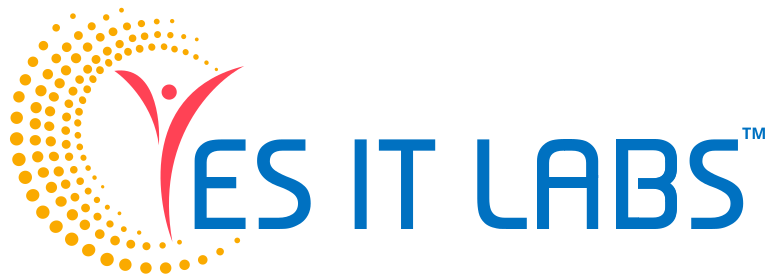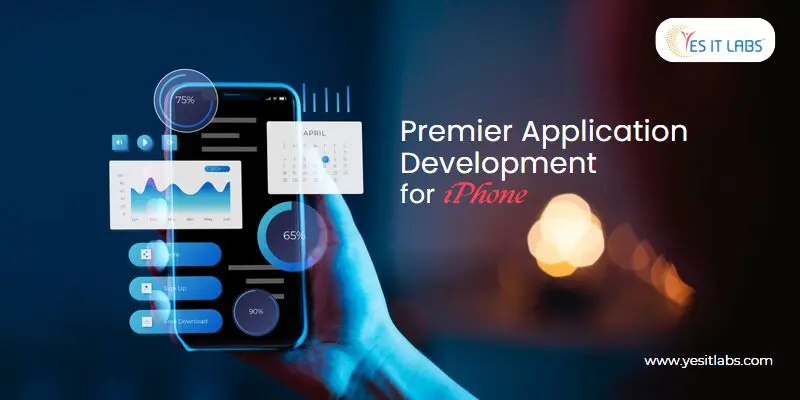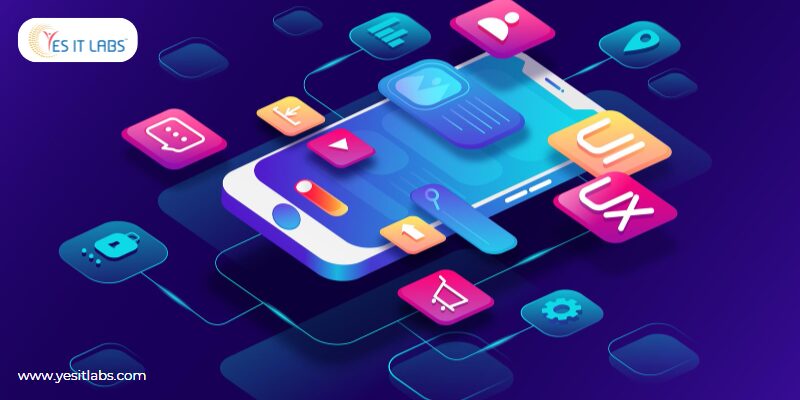As businesses and developers strive to reach iPhone users, understanding the best practices, tools, and benefits of iPhone application development becomes crucial. Whether you’re a seasoned developer or a business owner exploring the world of iOS apps, this comprehensive guide will walk you through everything you need to know about developing applications for the iPhone.
Why Develop Applications for iPhone?
Before diving into the specifics, it’s essential to understand why iPhone app development holds significant advantages:
Global Reach and Market Share:
iPhones enjoy a substantial market share globally, particularly in economically influential regions like the United States. Developing an iPhone app allows you to tap into this extensive user base and reach a global audience effectively.
High User Engagement:
iPhone users are known for their higher engagement levels compared to other platforms. They tend to spend more on apps and are more likely to make in-app purchases, offering developers lucrative monetization opportunities.
Brand Prestige and Trust:
Being associated with the Apple ecosystem often lends an aura of prestige and reliability to your brand. Apple’s stringent app review process ensures that only high-quality apps make it to the App Store, enhancing trust among users.
Seamless Integration with Apple Ecosystem:
Developing for iOS means seamless integration with other Apple devices and services like Apple Watch, Apple TV, iCloud, and Apple Pay, providing users with a cohesive experience across their devices.
Top Practices for iPhone Application Development
Successful iPhone app development goes beyond coding; it involves adhering to best practices that ensure your app is functional, user-friendly, and scalable. Here are some essential practices to consider:
Understand Apple’s Design Guidelines:
Apple provides comprehensive Human Interface Guidelines (HIG) that outline the principles of iOS app design. Keeping these guidelines in mind ensures compatibility with other iOS applications and enhances the user experience.
Responsive Design for Multiple Devices:
iPhones come in various sizes and resolutions. Design your app to be responsive, ensuring it looks and functions well across different iPhone models, from the compact iPhone SE to the larger iPhone Pro Max.
Optimize for Performance:
Performance optimization is critical for retaining users. Ensure your app loads quickly, responds promptly to user interactions, and consumes minimal battery and data.
Implement Robust Security Measures:
Protect user data and ensure app security by implementing encryption, secure authentication methods, and adhering to Apple’s security guidelines. This builds trust and safeguards user privacy.
Regular Testing and Debugging:
Thorough testing across various devices and iOS versions helps identify and fix bugs early in the development process. Utilize tools like Xcode’s built-in debugger and automated testing frameworks for efficiency.
Focus on Accessibility:
Make your app accessible to all users, including those with disabilities. Follow Apple’s Accessibility Guidelines to ensure your app is usable by everyone, regardless of their abilities.
Continuous Improvement with User Feedback:
Launching your app is just the beginning. Gather user feedback through reviews, analytics, and surveys to identify areas for improvement and new features that enhance user satisfaction.
Essential Tools for iPhone App Development
To build robust and feature-rich iPhone applications, developers rely on a variety of tools and technologies. Here are some essential tools that streamline the development process:
1. Xcode: Apple’s integrated development environment (IDE), Xcode, is indispensable for iPhone app development. It includes a suite of tools for coding, debugging, testing, and deploying iOS apps.
2. Swift Programming Language: Swift, Apple’s powerful and intuitive programming language, is preferred for developing iOS, macOS, watchOS, and tvOS apps. Its safety features and performance optimizations make it ideal for iPhone app development.
3. SwiftUI and UIKit: These are frameworks for building user interfaces in iOS applications. SwiftUI offers a declarative approach to UI development, while UIKit provides a more traditional, versatile framework.
4. CocoaPods and Carthage: These dependency managers for iOS projects simplify the integration of third-party libraries and frameworks, saving development time and ensuring compatibility.
5. Firebase: Google’s Firebase platform provides a comprehensive set of backend services, including real-time databases, authentication, analytics, and cloud storage, which are easily integrated into iOS apps.
6. TestFlight: iOS app developers can distribute pre-release versions of their apps to testers with Apple’s TestFlight. It provides valuable feedback before the app’s official release on the App Store.
7. GitHub and Bitbucket: Version control platforms like GitHub and Bitbucket are essential for collaboration among developers, enabling them to manage code repositories, track changes, and resolve issues efficiently.
Benefits of Developing iPhone Applications
Investing in iPhone app development offers numerous benefits that can positively impact your business and brand:
1. Revenue Generation: iPhone users are known to spend more on apps and make in-app purchases, making iOS apps a lucrative source of revenue through paid apps, subscriptions, or in-app purchases.
2. Enhanced User Experience: Apple’s focus on user experience and design excellence means iPhone apps often deliver a superior user experience, leading to higher user satisfaction and retention rates.
3. Brand Visibility and Recognition: Publishing an app on the App Store increases your brand’s visibility and credibility. A well-designed and functional app can attract positive attention and enhance brand recognition.
4. Competitive Advantage: Offering an iOS app sets you apart from competitors who may only have Android or web-based solutions. It demonstrates your commitment to innovation and catering to diverse user preferences.
5. Monetization Opportunities: Beyond app sales, iOS apps offer various monetization strategies such as advertising, freemium models, and partnerships, allowing you to diversify revenue streams and maximize profitability.
6. Long-Term Support and Updates: Apple provides long-term support for older iOS versions, ensuring your app remains compatible with new devices and operating system updates, extending its lifecycle.
Conclusion
Developing applications for the iPhone involves understanding the platform’s nuances, leveraging the right tools and technologies, and adhering to best practices to create compelling and successful apps. Whether you’re aiming to reach a global audience, enhance brand recognition, or generate revenue, iPhone app development offers unparalleled opportunities.
By embracing innovation, user-centric design, and continuous improvement, you can create iOS apps that resonate with users and drive your business forward in the competitive app market.
In conclusion, mastering the art of iPhone app development requires dedication, creativity, and a deep understanding of both technology and user needs. As you embark on your journey to create the next great iPhone app, remember to prioritize quality, usability, and innovation to stand out in the vibrant ecosystem of iOS applications.









